How tall can a wisteria grown as a standard be?
bart bart
8 months ago
Featured Answer
Sort by:Oldest
Comments (18)
bart bart
8 months agoRelated Discussions
Why has my gloxinia sucker grown so tall?
Comments (1)Please ignore I don't know how it got reposted, my apologies.velleta...See MoreFast Grown Tall Grass Suggestions Needed
Comments (6)Well-my old zone! If youare looking to screen out that lady THIS summer-nothing will do it like these two things-The first grows about eight feet a summer! I brought four pieces last year-in my little fist-a friend thought they were bamboo!-now-the tallest is nine feet-it's in back of the garden (good thing)-and it extendsabout thirty feet laterally and about four feet thick in some places! Yes-it's invasive-but-free!!!!!If you get to Florida you can have half!!! Or I can send you a bunch of rooted ones for postage.....It is called Arondo Donax. It is green-indestructable-and spreads.The spreading can be controlled by wood or metal planks sunk to root level to obstruct-or pot it in HUGE pots.The second is a pedt here but pretty-and grows about four feet a year-it is a tree called Brazilian Pepper-red berries at Xmas,and evergreen!Can be controlled and cut asa hedge-very invasive because of birds and dropping seeds by said birds...You can E mail me! ,,,,,M...See MoreWisteria tree vs. Wisteria vine
Comments (52)So glad you finally got some blooms on that wisteria (was it the one that was barren for years?). Not sure what variety mine is (wasn't aware that there were quite a few!) but it has lovely dark blue flowers & heavenly aroma!! I have one I have trained as a tree form (it is about 50 yrs. old), a newer one I trained to grow across the top of the chain link fence. The other tree form was next to a porch post & had grown around & twisted the post so had to cut it down. It was the neighborhood beauty when the top was in full bloom! The cut base now is trying to put out more shoots so we have kept just one to train -away from the post- & let it grow away from the house & up the trunk of a near-by tree!(we may find THAT a mistake later on though?!). Seems wisterias do well with little care... & sometimes with no care at all ... or being ignored! Can be trained to different styles too....See MoreLooking for an online source for 3-4' tall Blue moon wisterias
Comments (6)I have already done my own searching for this wisteria. Yes, there are plenty of nursreries that sell them in a small one gallon or quart size container and I have called a number of them to see if they have a larger size. They don't; I found one place that has only 2 and I need a total of 4. This is why I came on hear just to ask if anyone else knows if there is a place that They know of that sells them around 4' tall; not so I can be told to just do my own research since that is what I have been doing. So if someone knows and can actually be of help, then please do answer this posting. Thank you....See Morebart bart
8 months agoSheila z8a Rogue Valley OR
8 months agolast modified: 8 months agobart bart thanked Sheila z8a Rogue Valley ORbart bart
8 months agoRosylady (PNW zone 8)
8 months ago
Related Stories
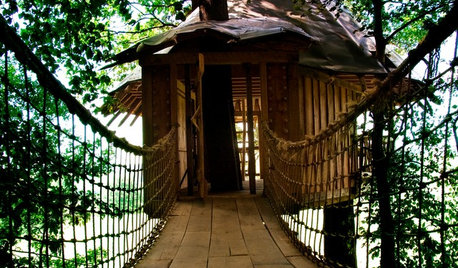
OUTBUILDINGS12 Fun Backyard Forts Grown-Ups Can Love, Too
Kids might use them for secret meetings, but the word is out on these tree houses and playhouses that consider adult design tastes
Full Story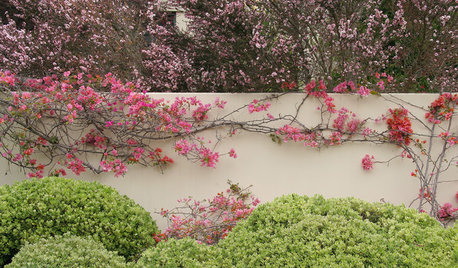
VINESHow Climbing Plants Can Improve Your Garden
When it comes to covering up bare fences and walls, vines are golden. But they can do more as well
Full Story
GARDENING GUIDESYes, You Can Grow Food in a Shady Yard
Your shady garden doesn’t have to be forever barren. Berries, herbs and other shade-loving plants can produce a delicious bounty
Full Story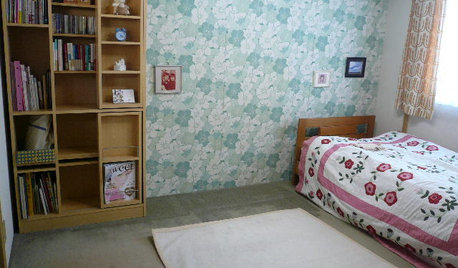
BOOKSCan Tidying Up Result in Life-Changing Magic?
Organizing phenom Marie Kondo promises big results — if you embrace enormous changes and tough choices
Full Story
SMALL HOMESCan You Live a Full Life in 220 Square Feet?
Adjusting mind-sets along with furniture may be the key to happiness for tiny-home dwellers
Full Story
LIFEYou Said It: ‘Lower Your Standards’ and Other Quotables
Advice, tips and other comments that struck a chord in the run-up to the holidays
Full Story
DECLUTTERING10 Decluttering Projects You Can Do in 15 Minutes or Less
Try these ideas to get organized at home one small step at a time
Full Story
MOST POPULARThis Under-$100 DIY Project Can Transform a Room
With a little skill and not much money, you can bring color and character to any space by painting part of a wall
Full Story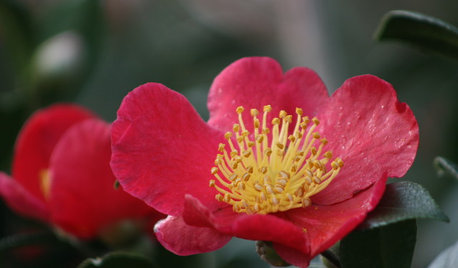
WINTER GARDENINGYes, You Can Enjoy Your Yard in December! Here's How
Garden writers around the U.S. share their favorite winter garden joys. See what to do in your region this month
Full Story
HOUSEPLANTS8 Essentials for Healthy Indoor Plants
Houseplants add so much to our homes — and can thrive when grown in the right conditions. Keep these tips in mind
Full Story


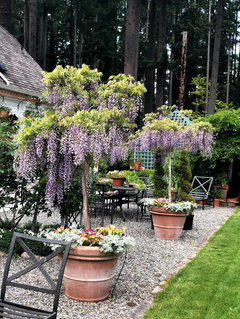
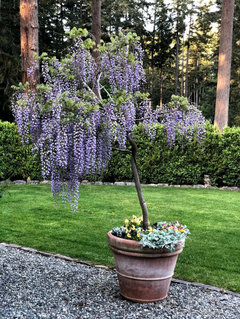

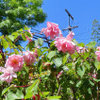
Rosylady (PNW zone 8)